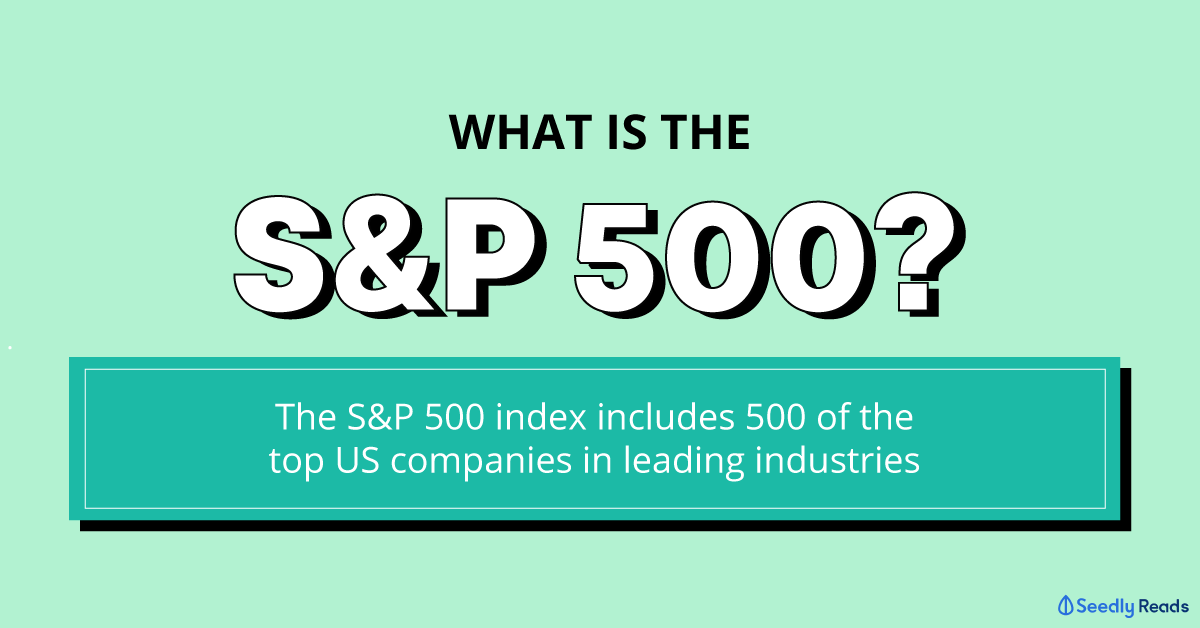Advertisement
S&P 500 and Allianz Income and Growth (Am i doing it wrong?)
I have been trying to organized my portfolio and I am doing some adjustment.
I have been putting $400 per month (RSP) into S&P500 and $400 per month into Allianz income and growth (RSP). Is there any right and wrong way into investing?
For Allianz Income and growth, I never take out any single cent of dividend, i have been reinvesting since 2021.
My goal is to achieve stable growth and stable dividend payout when i am old.
9
Discussion (9)
Learn how to style your text
Reply
Save
Chris cctzjd
31 Oct 2024
Own time own target at Self Employed
Is this Allianz the same as that which want to buy Income Insurance?
Reply
Save
Ngooi Zhi Cheng
25 Oct 2024
Student Ambassador 2020/21 at Seedly
As someone who works with many young professionals in Singapore, I often hear this exact question about balancing growth and income investments. Just last week, I sat down with a client - a 32-year-old software engineer - who had a similar portfolio structure but wasn't sure if he was "doing it right." After reviewing his goals and making some adjustments, we're now on track to potentially double his passive income by retirement while maintaining healthy growth exposure.
Let me break down your strategy and share some thoughts:
The Good Parts
Regular Savings Plan (RSP) Approach: You're absolutely right to use RSP. Dollar-cost averaging helps reduce timing risk, especially in volatile markets like we've seen recently. The discipline of regular $400 contributions is excellent.
Dividend Reinvestment: Your decision to reinvest dividends from the Allianz fund is smart. At the accumulation stage, reinvestment can significantly boost your compound returns. One of my clients who started this strategy in 2019 has seen about 31% more growth compared to if they had taken the dividends out.
Areas to Consider
However, there are some nuances to consider:
- Concentration Risk: While both choices are solid, you're essentially splitting your portfolio 50-50 between:
- US large-cap stocks (S&P 500)
- A mixed strategy fund (Allianz Income & Growth)
This might not provide as much diversification as you think. The Allianz fund actually has significant US exposure too.
Fee Structure: The S&P 500 likely has lower fees than the Allianz fund. While the Allianz fund provides good value through active management and options strategies, you should understand the fee impact on long-term returns.
Geographic Exposure: As a Singapore-based investor, having your entire portfolio in USD-denominated assets exposes you to currency risk. Consider if this aligns with your future spending needs.
Recommendations
Based on your goal of stable growth and dividend income, here's what I suggest:
- Consider Geographic Diversification:
- Look at adding some Asia-Pacific exposure through low-cost ETFs
- This can help match your investment currency with future spending needs
- Review Your Asset Allocation:
- At your stage, you might benefit from a more growth-tilted portfolio
- Consider 70% growth assets / 30% income assets if you have a longer time horizon
- Emergency Fund Check:
- Before increasing investments, ensure you have 6-12 months of expenses in liquid savings
- This prevents having to sell investments at bad times
- Regular Rebalancing:
- Set calendar reminders to rebalance quarterly
- This maintains your target allocation and manages risk
The Bigger Picture
There's no universally "wrong" way to invest, but there are strategies that better align with your goals. The key is ensuring your investment approach matches your:
- Time horizon
- Risk tolerance
- Income needs
- Tax situation
- Life goals
One of my clients initially had a similar portfolio to yours. After we adjusted their geographic diversification and aligned their asset allocation with their retirement timeline, they're now on track for about 40% more projected retirement income with actually lower portfolio volatility.
Next Steps
If you'd like to learn more about portfolio construction and retirement planning strategies I use with my clients, feel free to follow me on Instagram (@ngooooied) where I regularly share case studies and practical financial planning tips for professionals in Singapore.
Remember: The best investment strategy is one you can stick with through market cycles while making progress toward your goals. Keep investing regularly, stay diversified, and don't hesitate to seek professional advice for personalized recommendations.
Reply
Save
MSCI world fund + S&P500 if have long time horizon. Then at retirement change to dividend plan
Reply
Save
I don't think there is anything wrong if you are comfortable with the returns, dividends...
Read 5 other comments with a Seedly account
You will also enjoy exclusive benefits and get access to members only features.
Sign up or login with an email here
Write your thoughts
Related Articles
Related Posts
Related Posts
Advertisement








I am investing into Endowus flagship portfolio on a monthly basis for a more balanced portfolio.